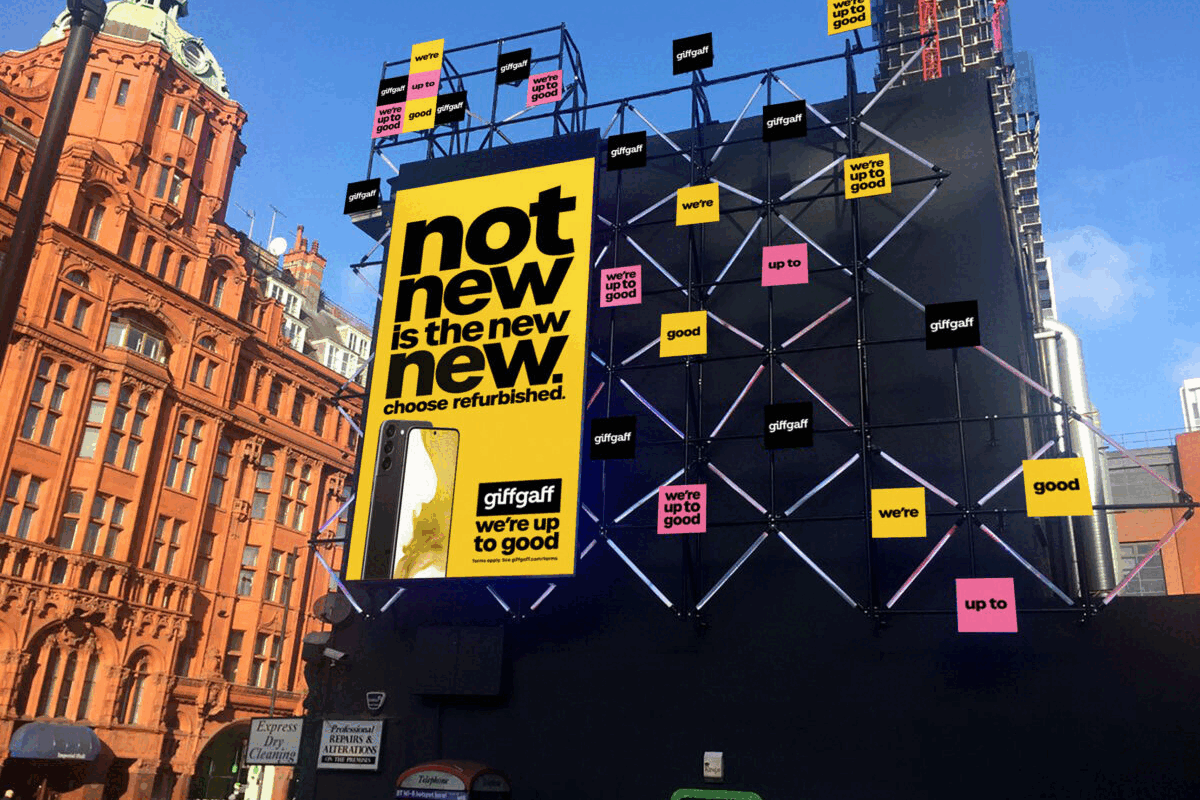Looking for a Reaction
- Thursday, March 3rd, 2016
- Share this article:
 Last week, while most of us were merrily (at first) and then less merrily (as the week went on) walking the halls of Mobile World Congress in Barcelona, Facebook rolled out an update to one of the most widely-used features of its platform, the Like button, which is clicked on by users more than 6m times a day.
Last week, while most of us were merrily (at first) and then less merrily (as the week went on) walking the halls of Mobile World Congress in Barcelona, Facebook rolled out an update to one of the most widely-used features of its platform, the Like button, which is clicked on by users more than 6m times a day.
There had been rumours of an upgrade doing the rounds for quite a while, the strongest being that Facebook was going to introduce a ‘Dislike’ option, but instead, it came up with five new alternatives to ‘Liking’ a post or an ad – ‘Love’, ‘Haha’, ‘Wow’, ‘Sad’ and ‘Angry’. To select one of the emoticons on desktop, users hover over the ‘Like’ button, while on mobile, you click it and then select the emoticon you want.
There’s no denying that the overhaul was long overdue. I recall last year seeing a post on Facebook announcing that someone I used to have dealings with in a professional capacity had died. I won’t use his real name here, but it just struck me as downright bizarre to see a post headed ‘Name Removed of Company Removed has died’ with a note underneath saying ’33 people Like this’. I understand those 33 people were actually expressing their sadness at the news of the man’s death, but even so, the juxtaposition jarred.
Focus groups
At first glance, you might think the choice of what additional sentiments to allow users to express would be a pretty routine one, but in fact, Facebook spent almost a year testing the new emoticons in various markets around the world through focus groups and surveys, before settling on the final five (or six if you include the original ‘Like’ button). ‘Yay’, for example, was one possible Reaction that was considered, but rejected as too ambiguous.
Marie Despringhere, UK country manager at Optimizely, is impressed by the care Facebook has taken over the ‘Like’ overhaul. She says: “This was a terrifying decision not to be taken lightly, and the way Facebook designed Reactions – what they are calling this new capability – demonstrated the magnitude of this change.
“Before taking the redesign plunge Facebook did their homework: they studied user behaviour, did user-testing, ran a test-pilot in multiple countries, and measured every interaction. The way Facebook redesigned the like button is a shining example of data-driven decision making and customer empathy in action. It’s a lesson on why testing is the real secret sauce to making smart, customer-first decisions.
“Companies who embrace this approach are going outperform those who don’t. They will acquire and retain users more efficiently because they can mitigate their risks while still doing fearless things. They will ultimately go farther because they are designing experiences for what their customers need.”
So what does it mean for advertisers? Marius Smyth, managing director, EMEA at AdRoll, says he’s pretty excited about it, as it will enable the company to gauge, even further, what impact its clients ads are having on their target audiences. “Brands will benefit as it will be clear to see where ads are performing well and where they need improvement,” he says. “It’s a real step forward in the right direction for adtech.”
And at Criteo, Jon Buss, managing director, Northern Europe, believes it’s another sign of a shift to a user-centred strategy. He says: “In an age of the emoticon, the ‘like’ button is a pretty blunt tool. We’re able to express ourselves online in a much more nuanced way. Reactions recognises this. Facebook has long helped advertisers understand what people ‘like’, Reactions can help them understand what people are feeling.
“It is also designed to capture that context on mobile – you need a fast and easy way to respond. An understanding of emotional responses to ad content continues the shift to a user-centred strategy that delivers a richer contextual picture of audiences.”
And he believes the data should prove fascinating for advertisers. “It means they should be able to more accurately tailor their ads, ultimately leading to improved return on ad spend,” he says. “Reactions also has the potential to make emoticons and emoji an everyday way to interact with content across any digital platform. Brands will have to learn how to speak emoji, and fast.”
One brand that was very quick out of the blocks was Chevrolet, which celebrated the launch of Reactions on the day it launched with a 1-minute ad for the all-new 2016 Malibu, posted on its Facebook page, which leveraged the way we all Like things on Facebook and ended with the pay-off line that “Now it’s time to love the all-new Malibu.”
“Timing couldnt be more perfect for Chevrolet to bring the all-new 2016 Malibu and Facebooks new Reaction buttons together,” Paul Edwards, VP of marketing for Chevrolet, said in a statement. “The midsize segment has traditionally offered many options to like, but only the new Malibu inspires the emotion to love.”
How other brands harness the power of the extended Reactions emoticons set remains to be seen. Old school marketers will no doubt wonder what all the fuss is about, but those looking to target digital natives, both now and through the rest of their lives, will see Reactions for what it is: another way of enabling a more personalised and engaging conversation between brands and consumers, and that’s something surely every brand should strive for.















